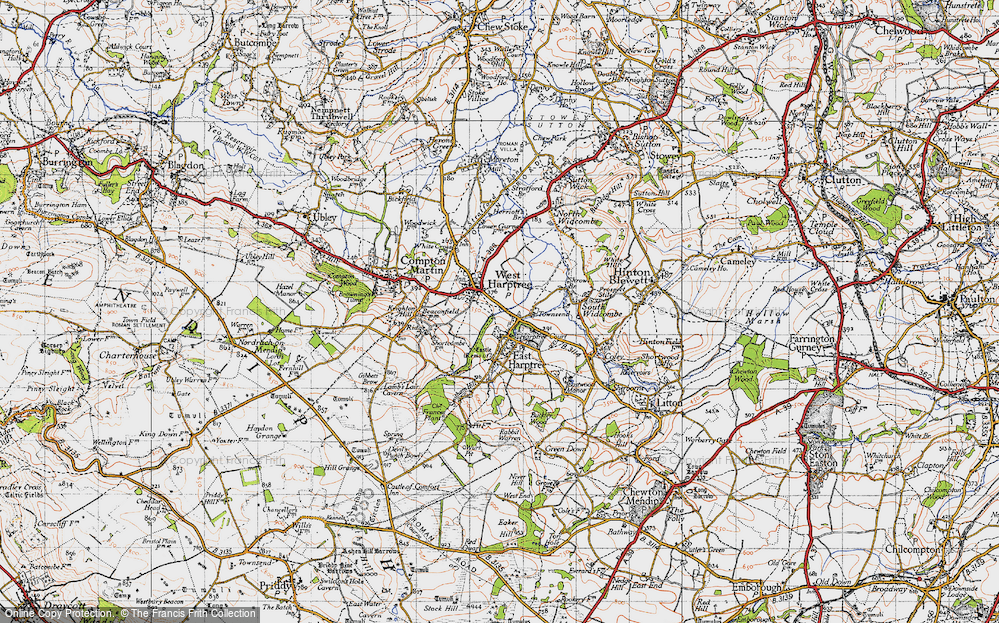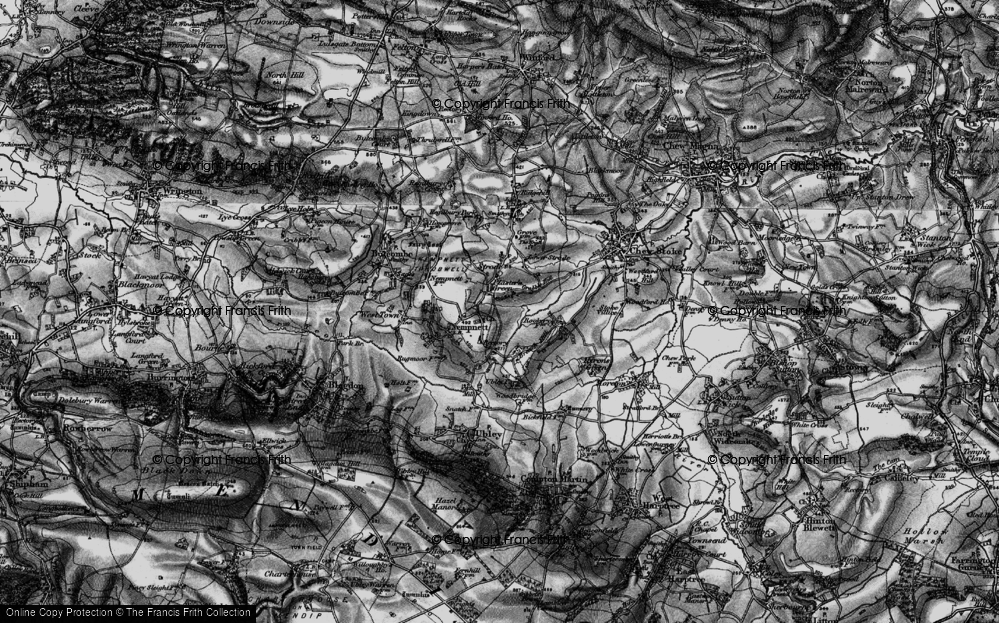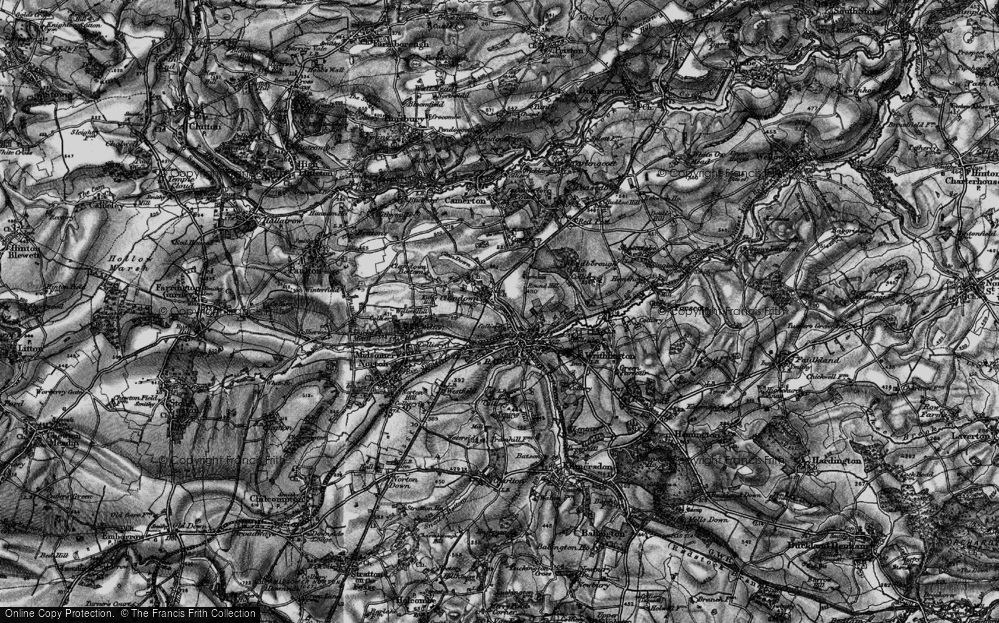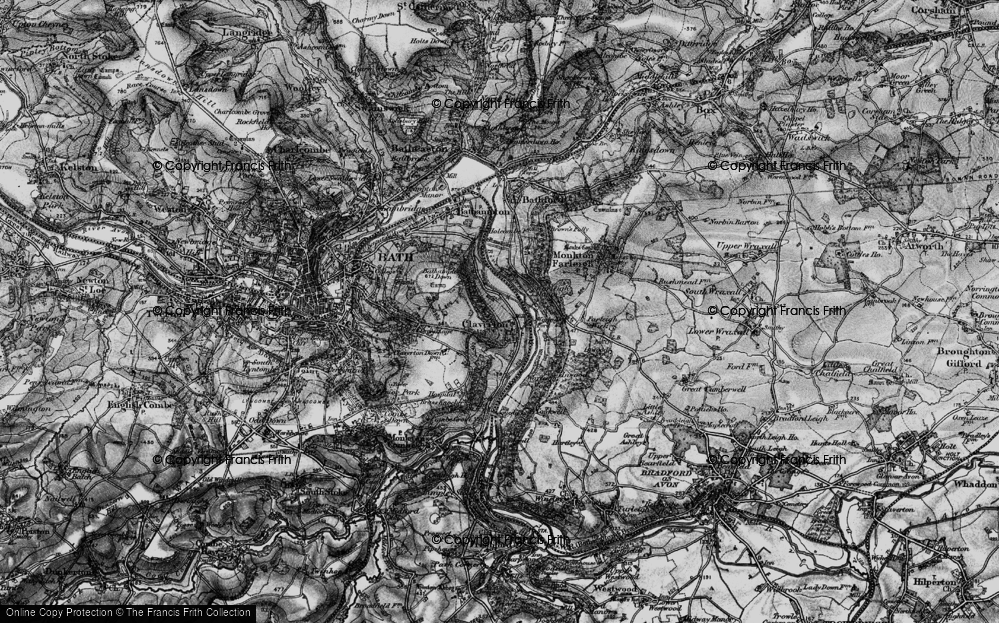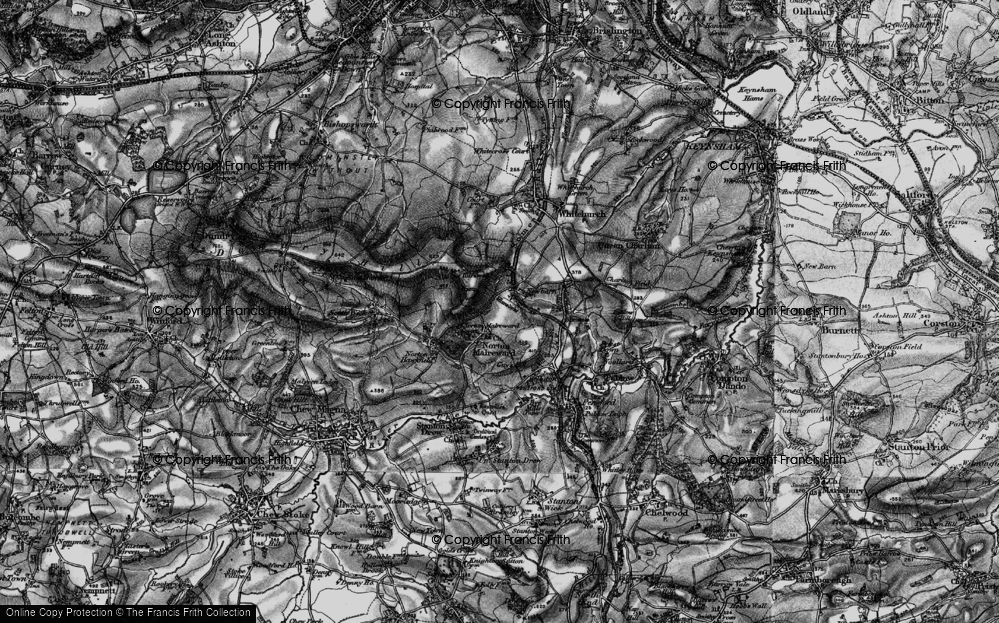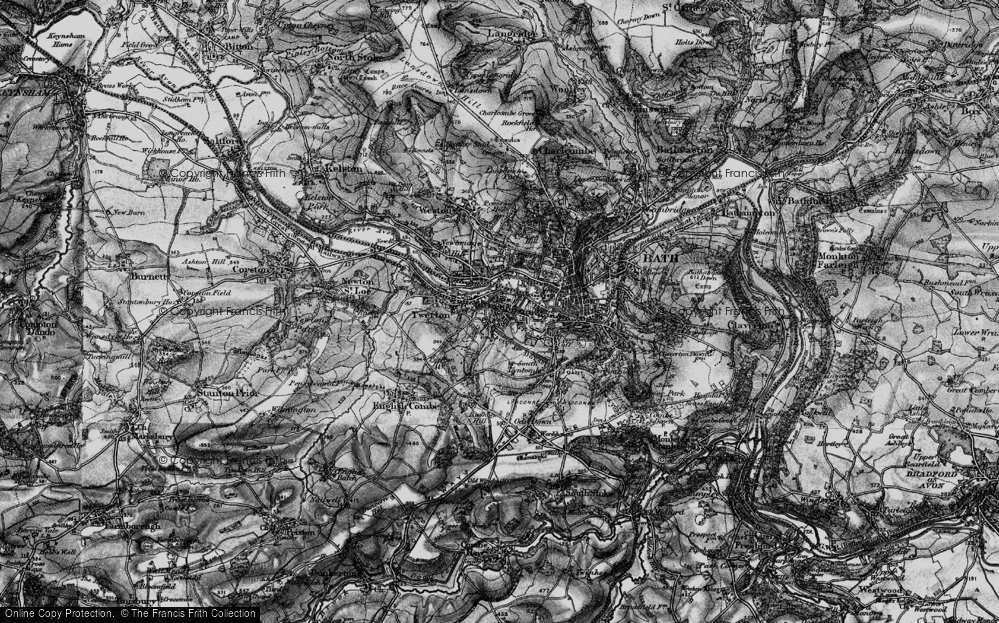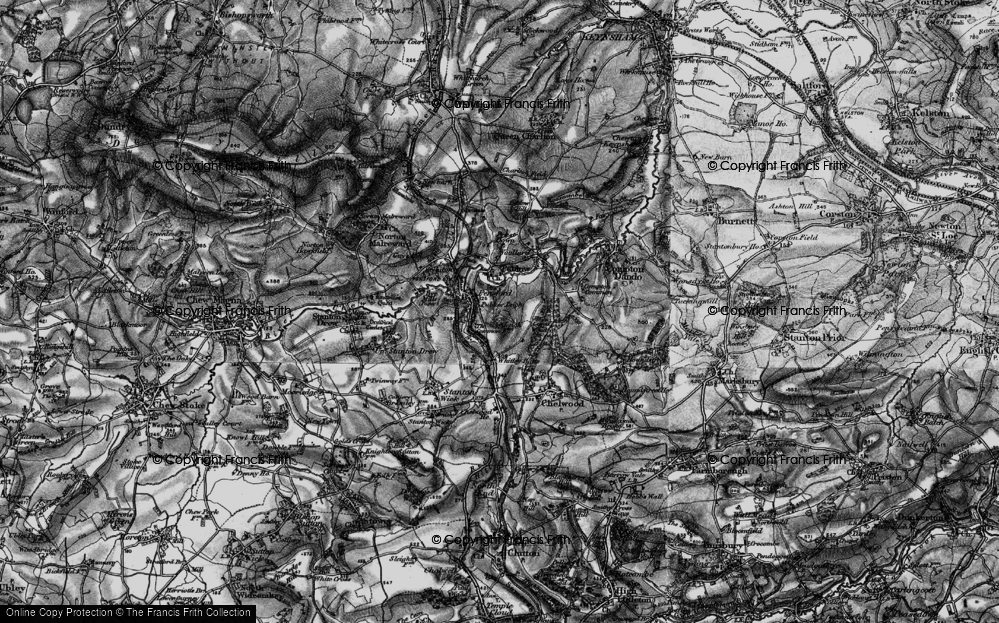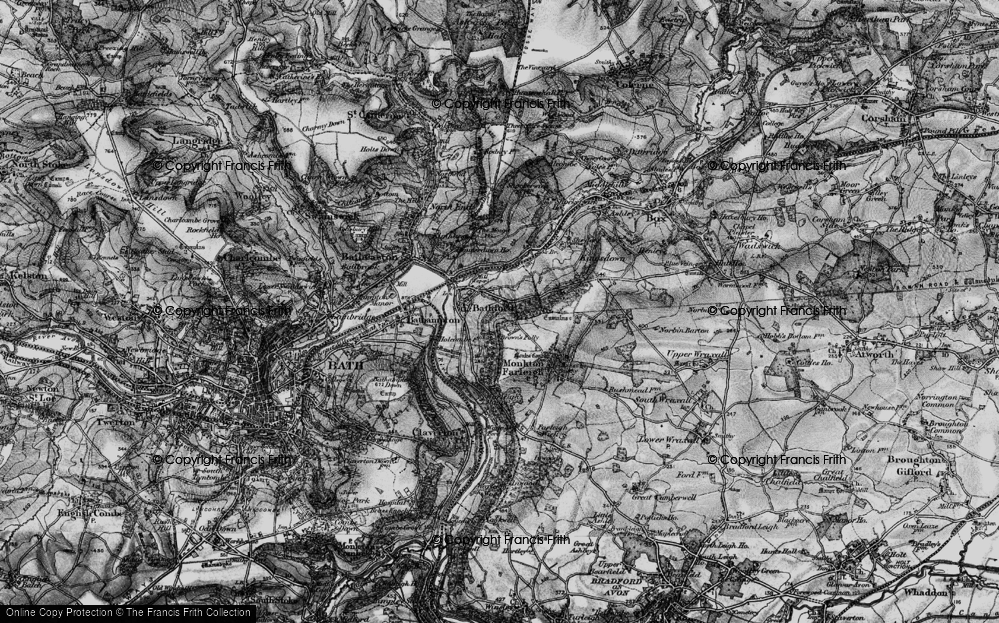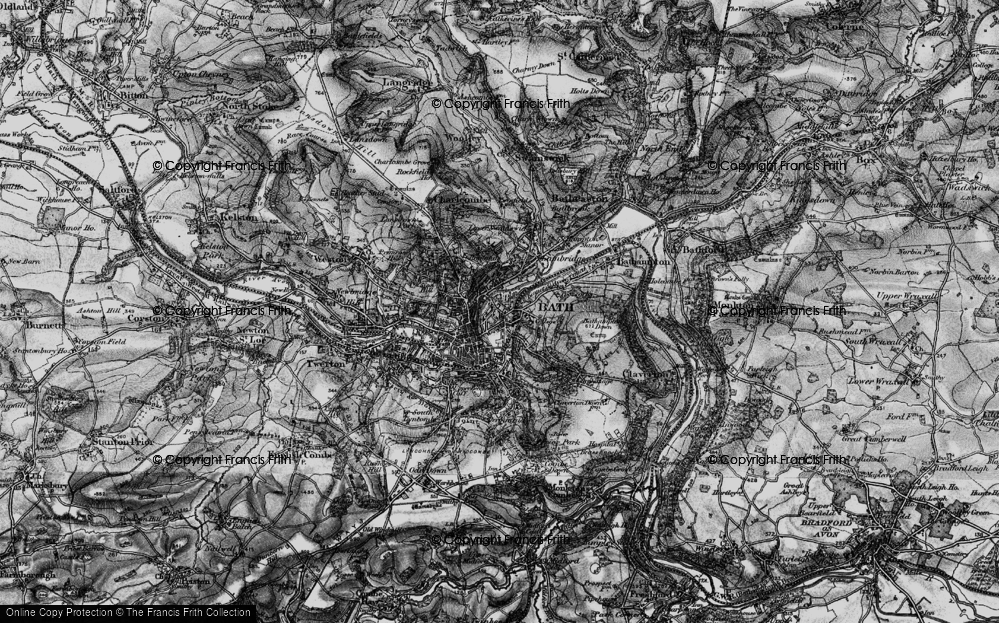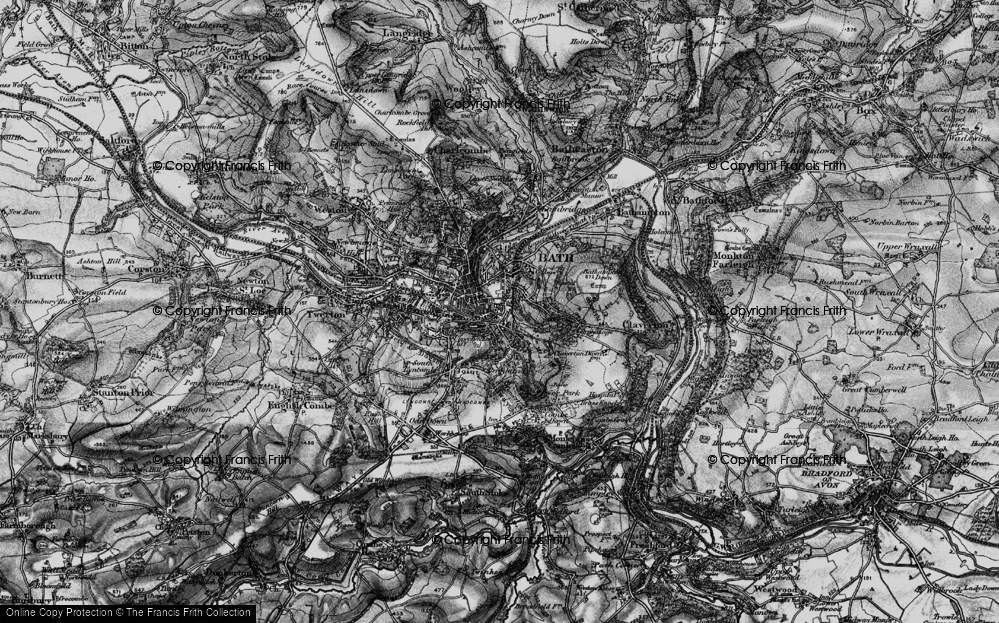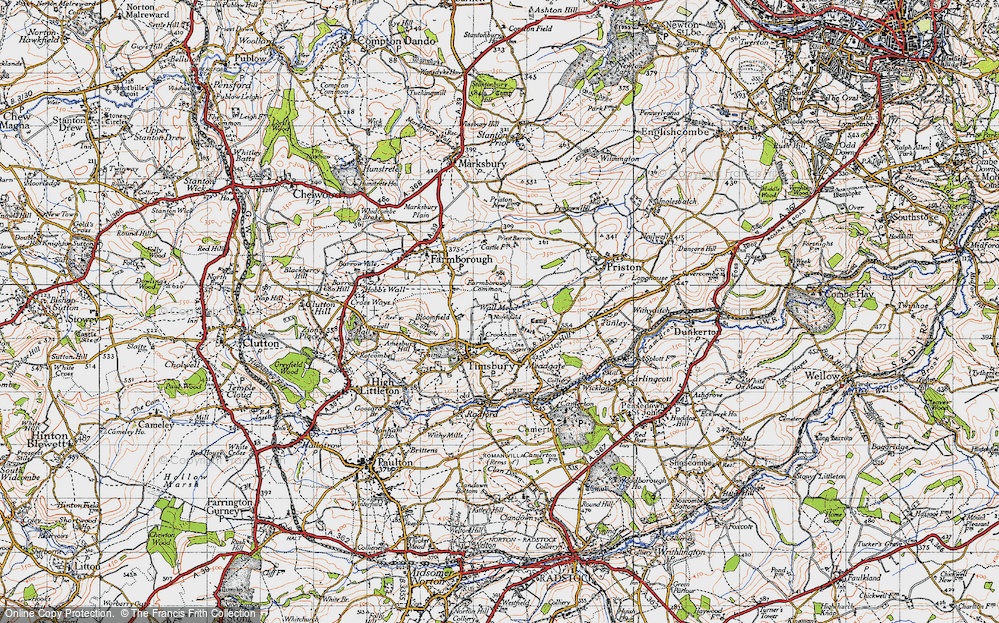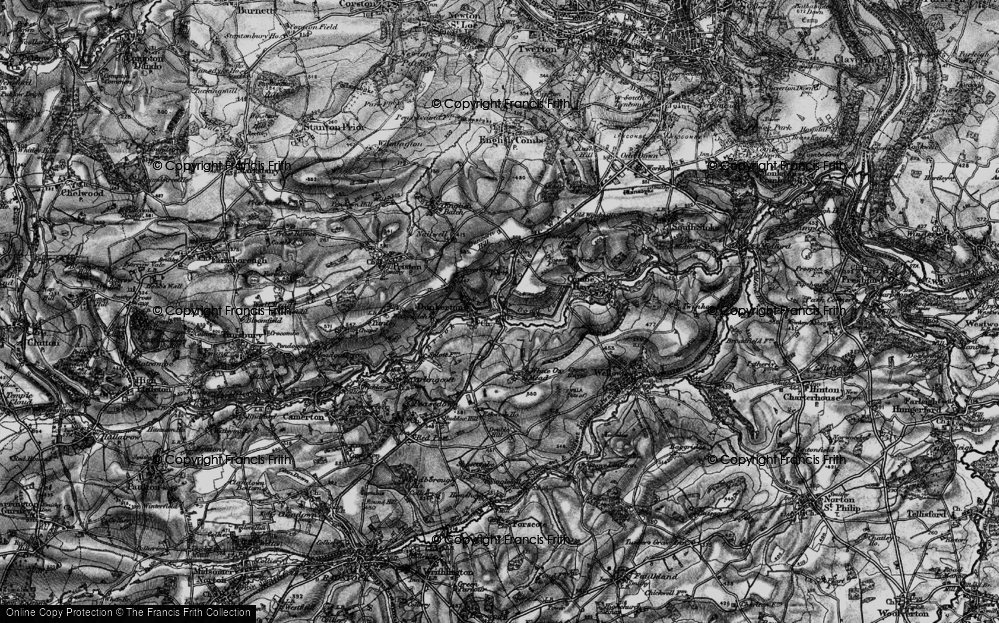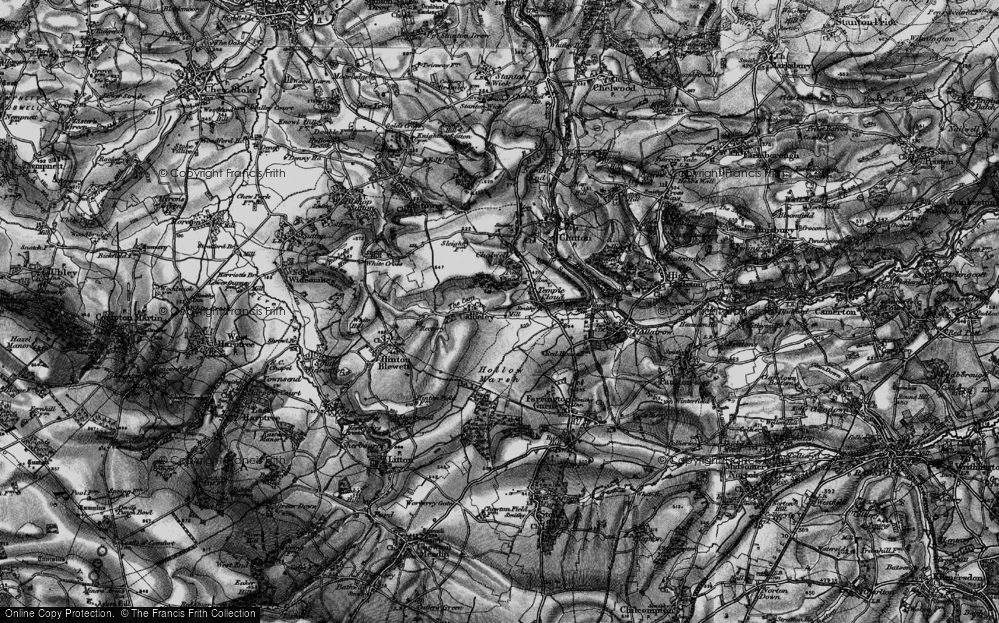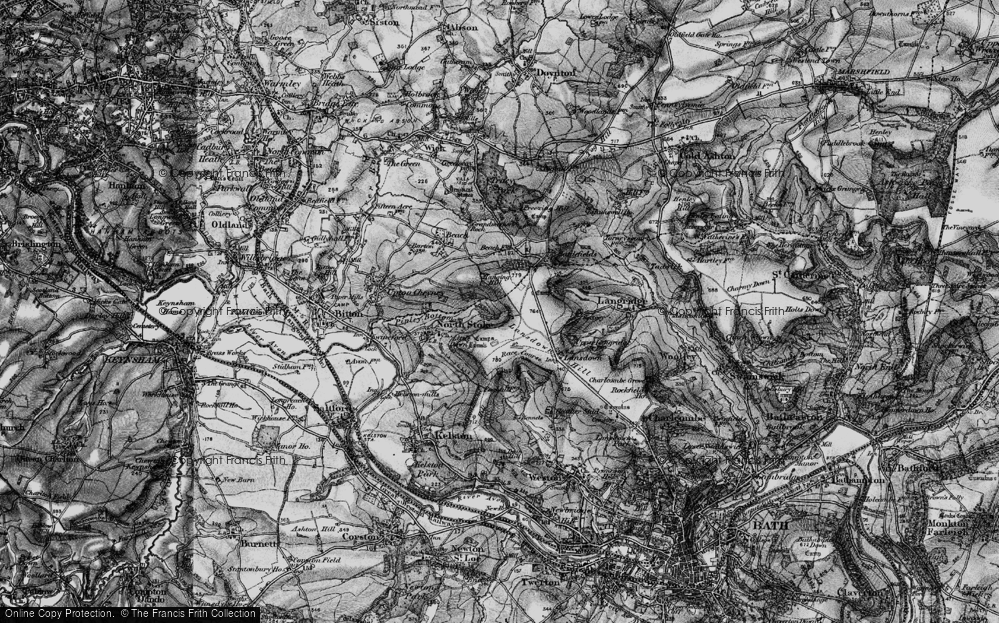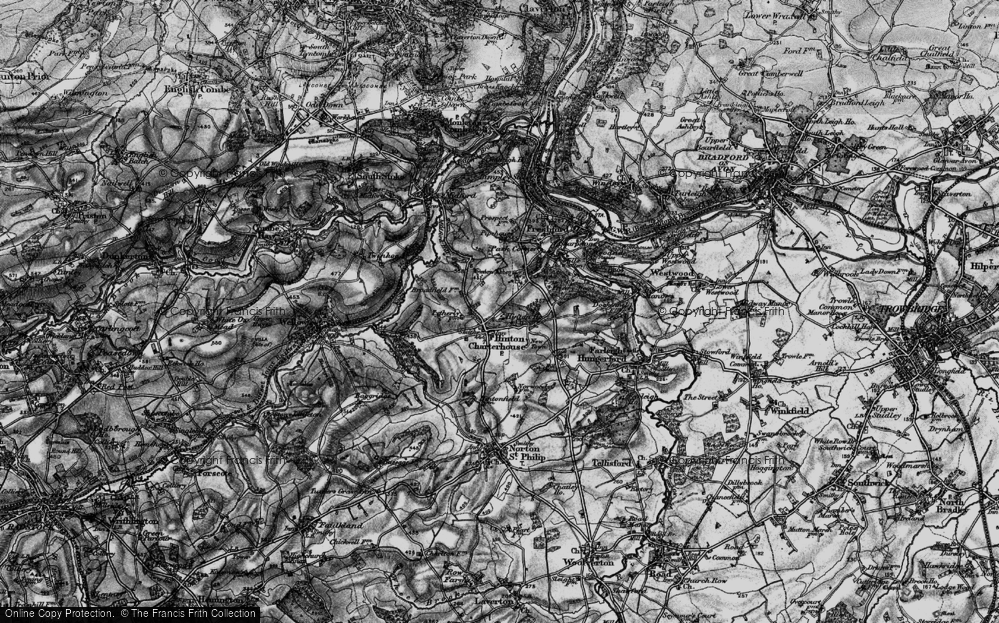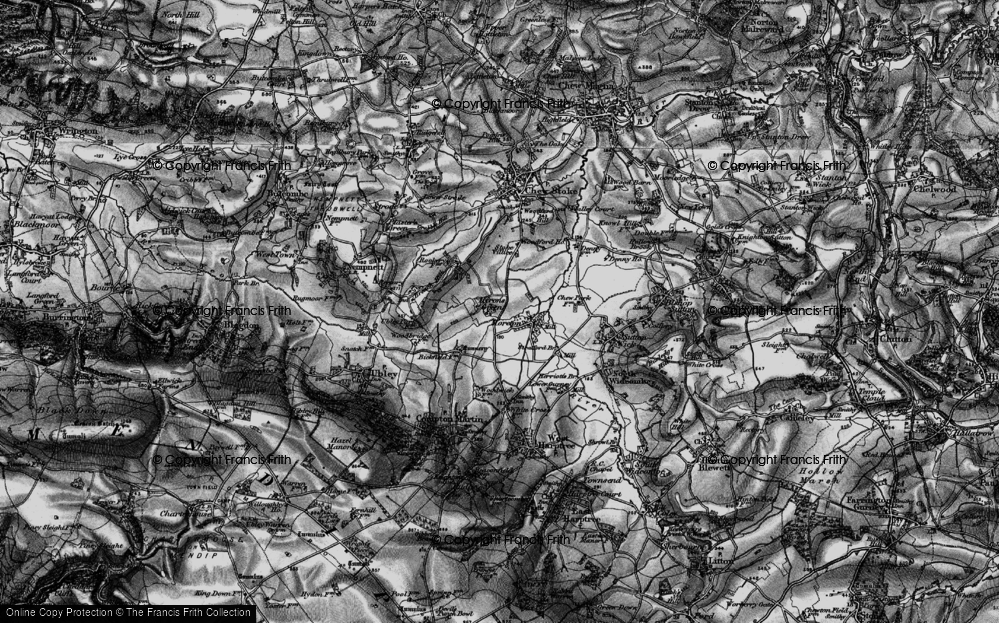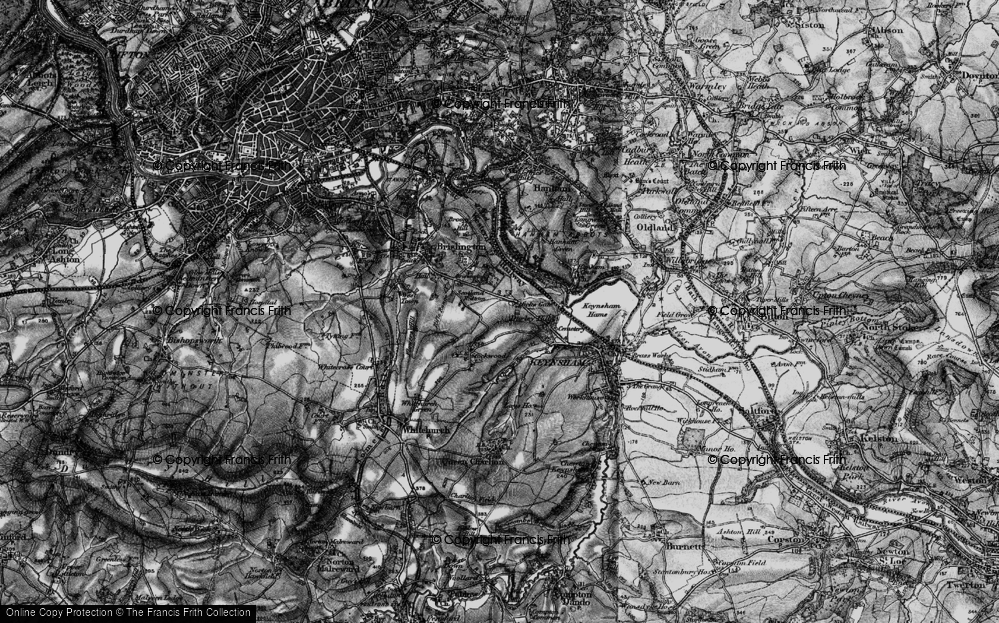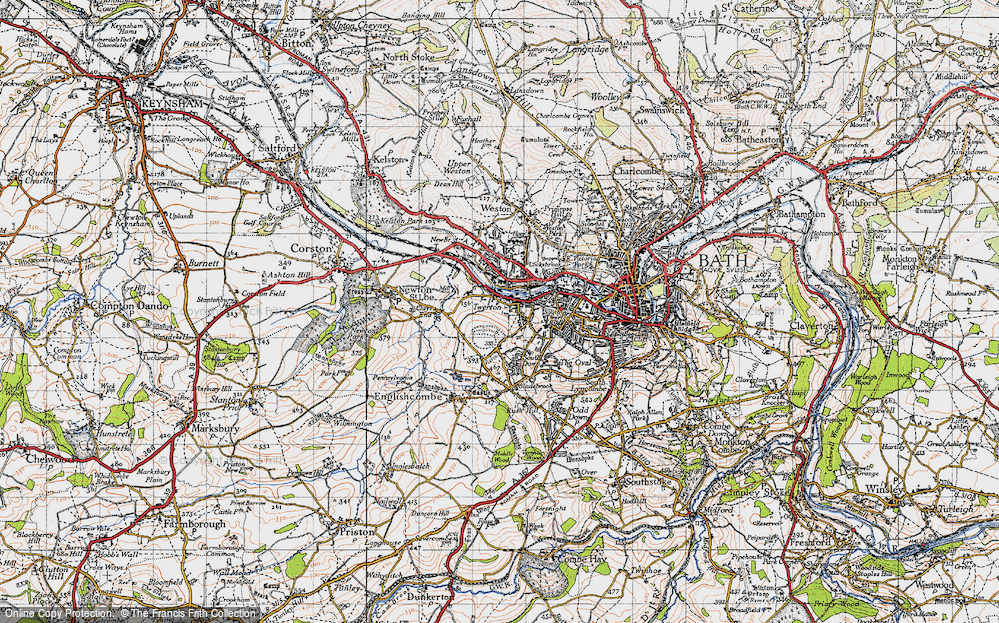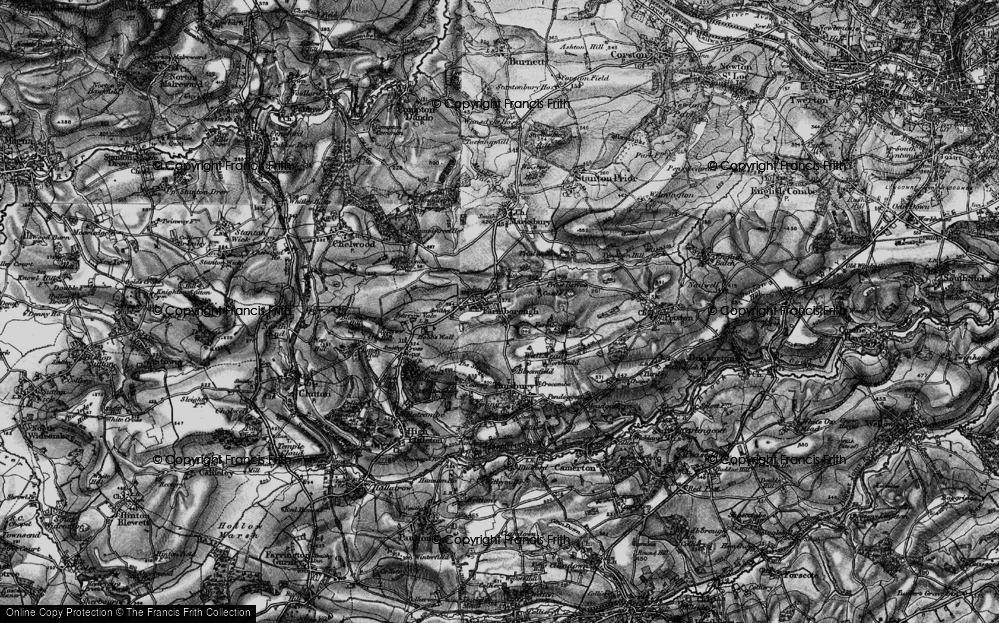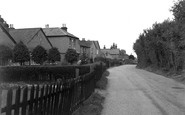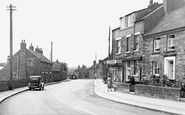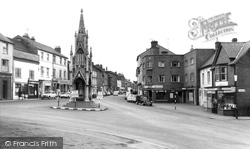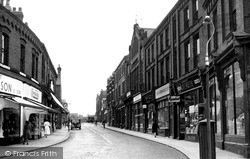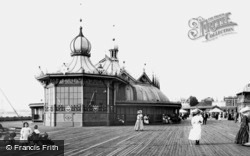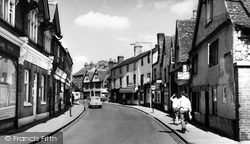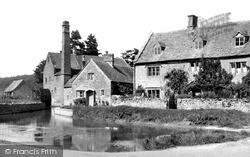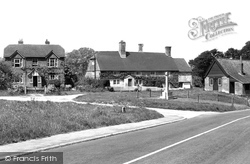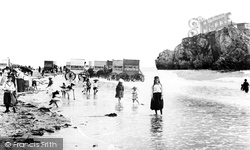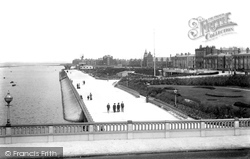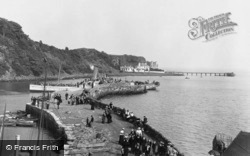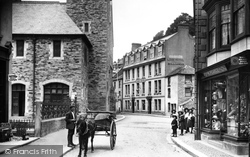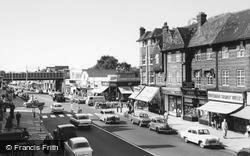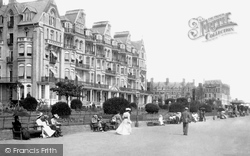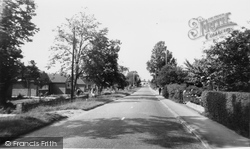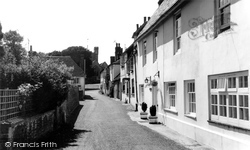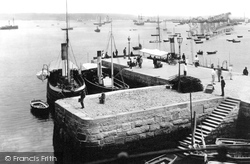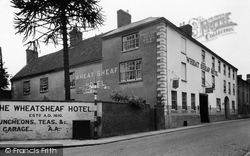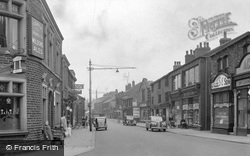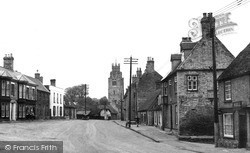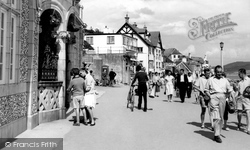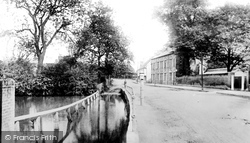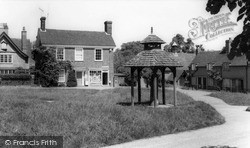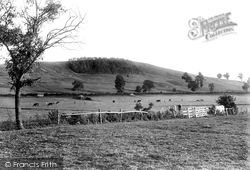Places
Sorry, no places were found that related to your search.
Photos
Sorry, no photos were found that related to your search.
Maps
1,353 maps found.
Books
3 books found. Showing results 937 to 3.
Memories
2,048 memories found. Showing results 391 to 400.
Cinemas In Croydon
I lived in Croydon until 1969 (the year I got married and moved away). My Dad - Len Marsh - was a Cinema Manager with the ABC chain, and we lived very near the Rex Cinema, Norbury, closed in 1962. Dad was based there for a time, ...Read more
A memory of Croydon by
Cippenham Lane
I lived near here, we are looking the other way to the other pic, Dorothy Mutton's Post Office is in the distance. On the right is the elm hedge and bank which bordered the (dry) gravel pit where we played. It was wonderful! A dump ...Read more
A memory of Cippenham in 1950 by
Circus At The Village Hall C 1955
We lived in the village pub The Lifeboat Inn. I remember being flooded and all the beer barrels floating in the cellar, mum cooking mussels given in lieu of beer, which were left in the bath and climbed up the ...Read more
A memory of Brancaster in 1955 by
Classmates And Memories Of 1955 1965.....
Hi my names Mary Mclellan nee Gresam. I went to st pats schooI... yrs 1955-65. I lived in Railway street.. then when the houses were condemned we were moved to Partington.. After 3 months we got an ...Read more
A memory of Collyhurst by
Clements Hall
I must have been about six when I stayed at Clements Hall with my brothers Edwin and Terry in the 1950s. Christine story brought back memories. I also remember the geese, the matron often made me sit on the step to shell the peas. ...Read more
A memory of Hockley in 1956 by
Clements Road.
I was born in an upstairs flat in Clements rd in 1946, then moved to Holland Rd East Ham. Went to Altmore junior school then Lathom rd. Some childhood memories: I remember pigeons used to live in one of the towers at Lathom rd school, I ...Read more
A memory of East Ham by
Clerks Cottage At Cottage View Field
I remember these 3 cottages before the top two were demolished leaving Clerks Cottage at the bottom. I remember the house being lit by gaslight, my father was always buying new gas mantles because he kept hitting ...Read more
A memory of Whitnash by
Cloughton 1955
My great-grandfather Ted Allan used to be the tailor at the little shop right next to the grocery shop on this photo. We used to travel up to Cloughton every Bank Holiday from the Midlands in a car just like the one in the ...Read more
A memory of Cloughton by
Clowes Street West Gorton And St Marks School
I was born at 124 Clowes Street, West Gorton in 1947 and attended St Marks' School between 1953 and 1959. The Head was the formidable Mrs Clayton, and the Deputy Head was Mr Platt, but it was the ...Read more
A memory of Gorton in 1947 by
Clyde Street, Salford
I remember living at no 6 Clyde Street and at the end of the street was Mrs Grant's shop. I was the eldest of four (me) Mandy Derbyshire, my brothers Jason and Paul, and my sister Kelly. I remember being part of the filming ...Read more
A memory of Salford in 1970 by
Captions
1,059 captions found. Showing results 937 to 960.
Looking along the High Street past the beleaguered Burton Memorial, one would see little change today in the buildingscape.
This is the main shopping area of the town; the architecture matches the period of rapid development after the railway arrived.
On the right of the photograph is the 15th-century God's House Tower, formerly the south-east gate of the old town and one of the earliest artillery fortifications in Europe.
Bath Street curves away northwards from the Square and its junction with the High Street.
A water mill has stood here since Norman times, but this red brick corn mill dates from the early 1800s.
A scattered village on a hilltop in the centre of Sussex. Friendly societies began here at the Five Bells Inn in 1782.
Tenby was described thus in a Victorian guidebook of 1895: 'Tenby stands on a tongue of limestone rock, ending in a green promontory, which is crowned by the ruins of the old castle, and is now pleasantly
Tenby was described thus in a Victorian guidebook of 1895: 'Tenby stands on a tongue of limestone rock, ending in a green promontory, which is crowned by the ruins of the old castle, and is now pleasantly
The Marine Lake covered what had been fifty acres of wet sand, which was one of the favourite haunts of sand yacht enthusiasts.
Aberdour in the Kingdom of Fife, lies between Burntisland and Dalgety Bay, just across the Firth of Forth from Edinburgh.
The size of the Looe Hotel in Fore Street reflects the growing tourist industry, which was stimulated at Looe by a railway branch that had been connected to the main line system just seven years before
The camera looks north across the Golders Green Road/North End Road crossing.
This was originally a terrace of very large houses built by Edward Welby Pugin. They failed to sell, and the terrace was converted to a hotel in 1869. In 1873, Pugin was bankrupted.
This pond with its island is a most attractive feature in the outer part of the town. While it is somewhat municipalised nowadays, it is very ancient.
The church of St Margaret was rebuilt in 1852 and has a tower dating from 1507, which is just visible through the trees. The Pigeon House is a medieval yeoman's house.
As well as excursions up the Fal, ferries operated to Flushing and St Mawes Castle. Larger excursion steamers were employed on runs to the Lizard and Penzance.
The Marine Lake covered what had been fifty acres of wet sand, which was one of the favourite haunts of sand yacht enthusiasts.
This old coaching inn is one of many in Daventry which stood on the London to Holyhead turnpike.
Shaw developed as part of Crompton and by the early 1900s it had 29 spinning mills.
This village stands on the south-west edge of the Isle of Ely. In the 17th century the fens around Sutton were drained by farmers with the help of wind pumps.
Seaside bustle on the promenade, built as the old Upper Walk between the town and the Cobb Harbour in 1817; it is now known as Marine Parade.
In thirty years, this scene would be reinterpreted to become the Broadway. Gone would be the village pump, the pond and the water splash.
This village of great beauty is said to be the most photographed in Hertfordshire.
Now around to the south-west side of Glastonbury, where Wearyall Hill lies between the town and the river Brue. The name is a corruption of 'Wirral Hill', a deer-park established by the Abbots.
Places (0)
Photos (0)
Memories (2048)
Books (3)
Maps (1353)


